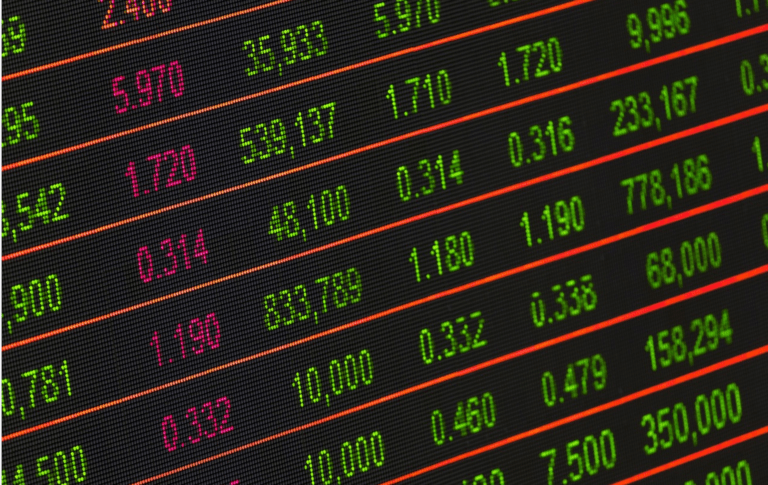Cryptocurrency exchange Kraken recently published a blog post in which it states that an article posted by Bloomberg News on Tether “inexplicably fails to comprehend basic market concepts.” These concepts reportedly include arbitrage and related market fluctuations, the basics of how order books work, and “fiat currency pegs.”
Moreover, Kraken’s post asserts that Bloomberg’s article on the asset-backed cryptocurrency was applauded by a number of well-known journalists who have now “[walked] their reputations off a cliff.”
The cryptocurrency exchange’s post explains that Tether’s USDT is just like all other cryptocurrencies in that it is traded to make profits off of price changes. It adds, however, that’s its allegedly pegged to the dollar:
Unlike BTC, ETH, XRP, or other cryptocurrencies, USDT does not experience the same level of volatility because it is asset-backed. The lack of volatility encourages traders to place bigger orders in the orderbook within a tight range, reflecting their confidence that each USDT is worth ~$1 US dollar.
Kraken’s Testable USDT Hypothesis
The exchange then went on to present the following hypothesis: “small trades and large trades may result in no change or similar changes in price because there is a much larger buy or sell order in the order book that has not been filled.” Then confidently, Kraken’s post invites everyone, to put their hypothesis to the test by examining their publicly available order books and by executing a trade.
The exchange’s testable hypothesis was formulated in response to the allegations, which claim that USDT trades issued on Kraken’s exchange “[ignore] the normal rules of economics” because price changes are more or less the same regardless the size of the trade. This, according to critics, is indicative of market manipulation and is considered by “experts” a “red flag.”
Moreover, critics point out that order sizes on the exchange are “oddly specific”, while noting that many are as precise as five decimal points, in addition to some orders often being repeated. Bloomberg’s piece noted that it analyzed 56,000 different trades executed on Kraken from May 1 to June 22.
The analysis was then reportedly discussed with Mark Williams, who previously served as the bank examiner for the US Federal Reserve. Williams concluded that he had never come across a financial market “where large orders fail to sway prices much.”
Low Market Share
Williams’ comments were supported by University of Texas Professor John Griffin, an expert at pointing out red flags on Wall Street. Griffin has also published a research paper that examines the process of using USDT to purchase BTC on cryptocurrency exchange Bitfinex, which points to price manipulation.
Kraken added that it accounts for a very small percentage of the overall USDT market, as it that it serves one trading pair on USDT -USDT/USD. Its competitors collectively make up more than 400 other USDT trading pairs and markets.
According to Kraken, its exchange is only responsible for less than 0.1% of total 24-hour USDT trades. The exchange attributes the billions of dollars worth of USDT trading to the markets and platforms offering BTC/USDT and ETH/USDT trading pairs.
It further states that there should be no “harm [which] could come from wash trading of a pegged asset against its peg.” The post also says that USD is “an explicitly manipulated asset.” Addressing critics, Kraken’s blog post asks the following question:
Why doesn’t the price on avocados change every time you put one in your basket?









